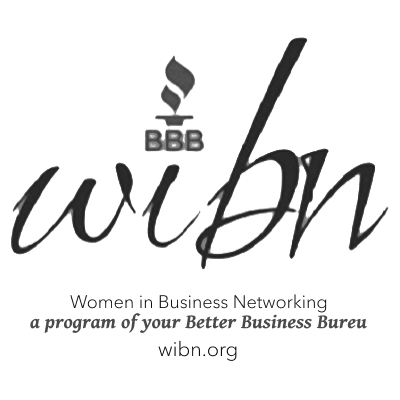Your organization may be following general safety rules in the workplace.
Your organization may be following general safety rules in the workplace. However, it takes one unforeseen incident to financially ruin a company. Regularly review your brand's employee safety guide. Here are five key tips...
5 General Safety Tips That Should Influence Your Employee Safety Guide
If you’re an employer, you know the importance of keeping workers safe. Doing so can:
- Reduce your costs
- Improve your brand
- Prevent injuries
How do you do that? Well, fortunately, we take a look at some of the ways employers can protect their people at work using simple, accessible methods.
Here’s the employee safety guide for all smart business owners.
Train Employees To Be Visible And Predictable
The first step is to keep employees visible and predictable. Colleagues should be able to see each other at all times. They should be encouraged to avoid making sudden movements without indicating first.
When advocating for fair compensation in the event of an accident, employees will often cite training or development issues. As an employer, you want to show legal professionals and insurance companies that you did everything you could to improve visibility in the workplace. Therefore, train every employee to be aware of the space where they work, and to be sure other employees can see them at all times they are working.
Workplace Safety: Train Employees To Be Prepared And Alert
Helping employees to be prepared and alert is another excellent way to avoid accidents at work. Having them constantly scan the area around them for potential hazards or conflicts can reduce the likelihood of an incident and keep them injury-free.
Teach your team members to avoid conflicts where possible. Also, give workers the space to spread out. Don’t allow too many people to work in a confined space to prevent mishaps.
Train Employees To Stay Calm
Encouraging employees to regulate their emotions can make it easier for them to navigate difficult or stressful situations. Inexperienced colleagues can make mistakes if they feel flustered.
Have new team members shadow more experienced employees until they master key skills. Post health and safety tips in places that relate with specific tasks and outcomes. You might also consider promoting a safety tip of the day or week.
Your Employee Safety Guide: Create An Employee Safety Plan
Your employee safety plan outlines the policies, procedures, and guidelines your company follows to ensure the well-being of your employees. It can encompass workplace safety, occupational health, and even ergonomics.
You’ll need to thoroughly consider how you will prevent and respond to accidents or injuries that might occur at work. Ideally, you should lay out how you will respond to specific events, such as:
- Falls
- Cuts
- Burns
- Electric shocks
You should also work to protect your employees from exposure to harmful substances that could affect their health, such as
- Radiation
- Dust
- Asbestos
Putting a plan in place and taking action can reduce risk and facilitate a healthier workforce.
Ergonomics matter when designing your work around your employees’ bio-mechanical needs. Proper lighting, ventilation, and equipment setups are essential.
Be Aware Of Health And Safety Regulations
You must be aware of employees' health and safety rights and obligations at work. Employers should provide all staff with details in the employee handbook, or in the form of training. They should also work to minimize risks and hazards that could result in injuries.
Training and support should be available to all workers at a company so they do not engage in potentially dangerous activities. Back this up by providing everyone that works in your organization with your employee safety guide.
2 Replies
-
The employee safety guide provided on this website is an essential resource for both employees and employers alike. It offers a comprehensive and practical approach to ensuring a safe and secure work environment, which is especially crucial in today’s world. The tips and insights presented here can help foster a culture of safety and well-being within any organization.
Leave a Reply

Like what you see? We've been told our blog posts are like potato chips: You can't read just one...
Subscribe to receive them fresh in your Inbox, and you can grab our best insights about social media marketing before everyone else sees it!

Relevant Resources
view allThe True Cost Of Letting Peak Sales Periods Pass You By

Three Surprising Signs You’re Still Silencing Your Female Employees

How Ongoing Training In The Workplace Can Drive Long-Term Business Growth






































By ESI Training Courses QLD on